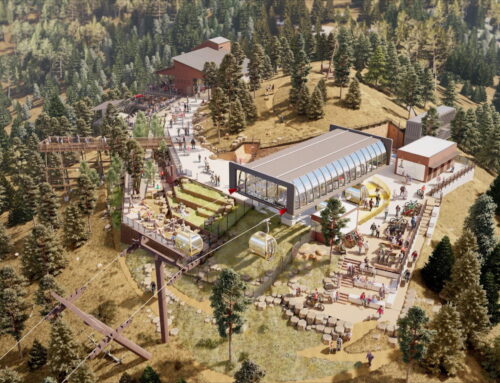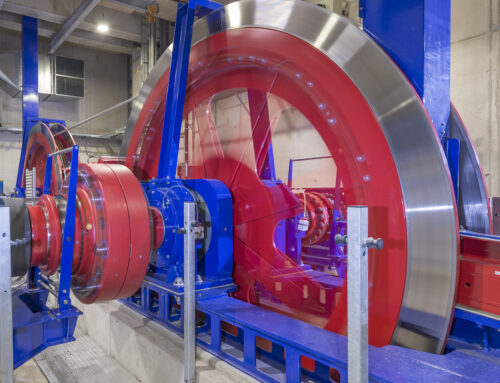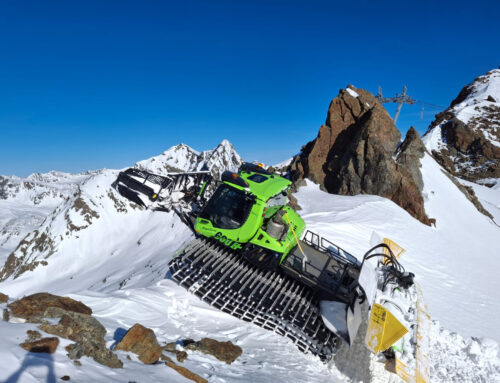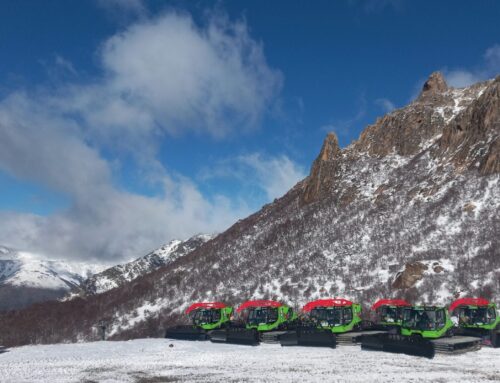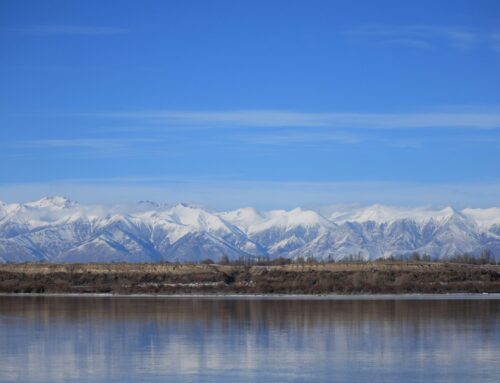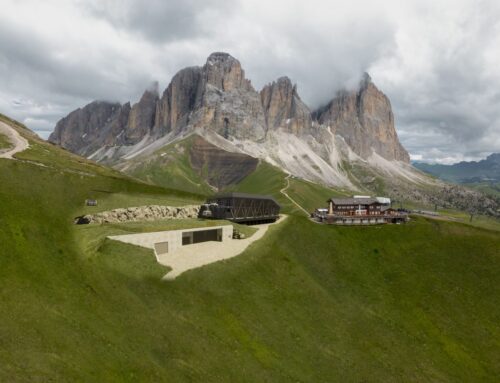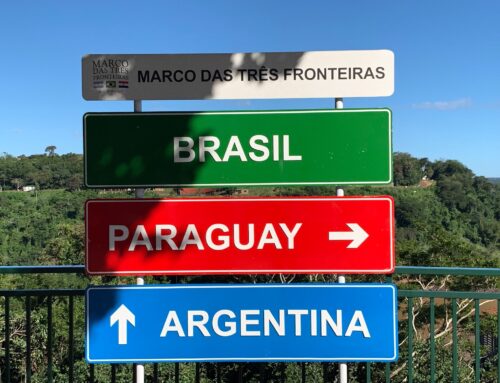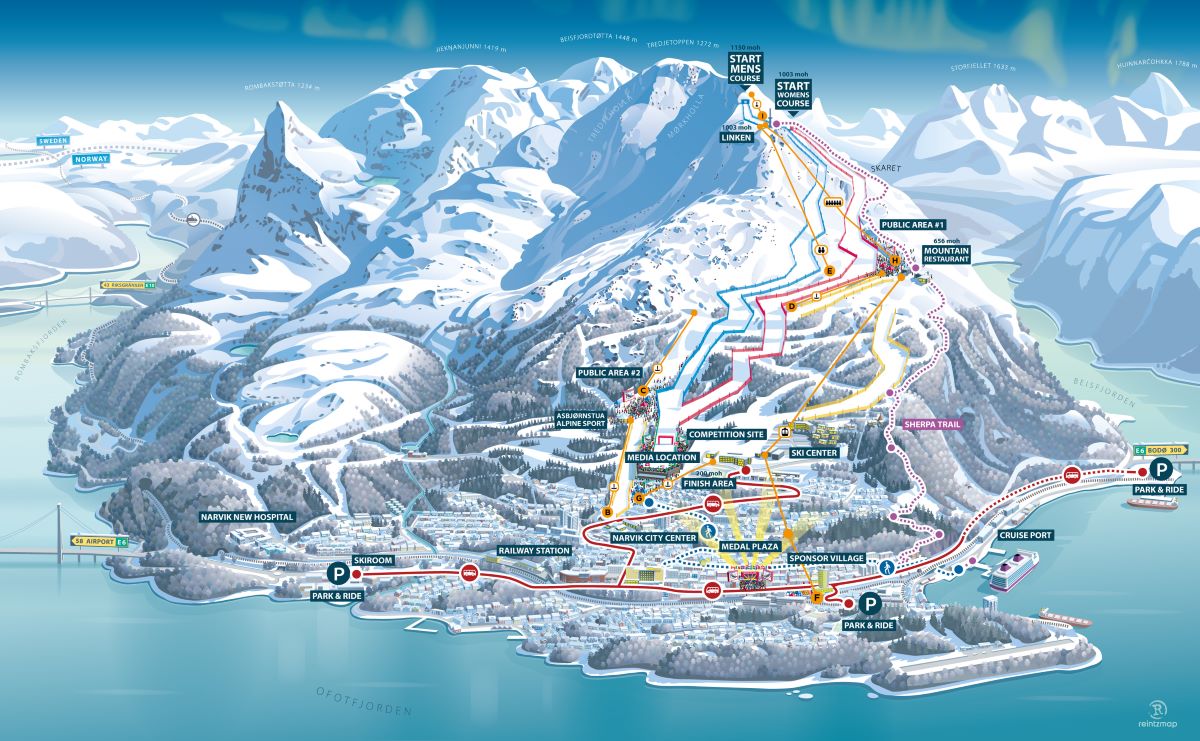
Cableway & Technology, Planning & Construction, Snowmaking & Slope Maintenance
Narvik investing heavily
For the 2029 Alpine Ski World Championships, the host city Narvik is implementing an investment package worth 53 million euros. It includes the construction of a gondola lift and four chairlifts, as well as the purchase of around 100 snow guns and twelve snow groomers.
In addition, accompanying construction measures will be carried out in the ski area of the city, which has a population of 15,000 and lies north of the Arctic Circle. With these investments, the World Championship venue aims to present itself in four years as one of the most technologically advanced destinations.
Moreover, the snowmaking infrastructure will be upgraded: a pump station, a booster station, and a new storage pond are to be built. The package also includes laying the entire pipeline network and installing the snowmaking systems.
The major project is being implemented by companies of the HTI Group: LEITNER is supplying the cable cars. PRINOTH –supported by its local partner Owren –will ensure optimal slope conditions with its Leitwolf vehicles and snow management. DEMACLENKO is responsible for the entire snowmaking infrastructure.
Figures for Narvik 2029
FIS Alpine World Ski Championship 2029
| Athletes | 700 |
| Nations | 68 |
| Race days | 14 |
| Vertical drop | 965 m |
| Volunteers | 2,000 |
| Beds | 7,000 |
| TV-broadcasters | 27 |
| Camera positions | 200 |
| Accredited media representatives | 1,000 |
| Live spectators | 100,000 |
1. Skiing and the sea combined
The organizers are not investing blindly but are guided by ten key ideas intended to shape the event. One of them is the combination of mountains, sea, and city. The ski facilities are located very close to the coastal city of Narvik and the Atlantic Ocean – spectacular images on TV and social media are guaranteed. This is a major difference compared to traditional competition venues.
2. The Arctic and climate change
Northern Norway is the heart of the Arctic. Climate change and the far-reaching environmental changes in Arctic regions are topical issues. The Alpine Ski World Championships aim to use the global spotlight to draw attention to the challenges facing the Arctic. Even more important: the championships intend to set an example for future environmentally friendly and sustainable events.
3. A compact championship
For alpine standards, Narvik is a large city. Yet overall it is manageable, with all important facilities located close to the ski area. Most visitors can walk from the city center to the competition arena at Narvikfjellet, where medal ceremonies will also be held in the heart of the city. A large portion of accommodation will be provided by modern cruise ships docked in the port of Narvik. Electric shuttle buses will transport accredited persons and spectators to and from the venue.
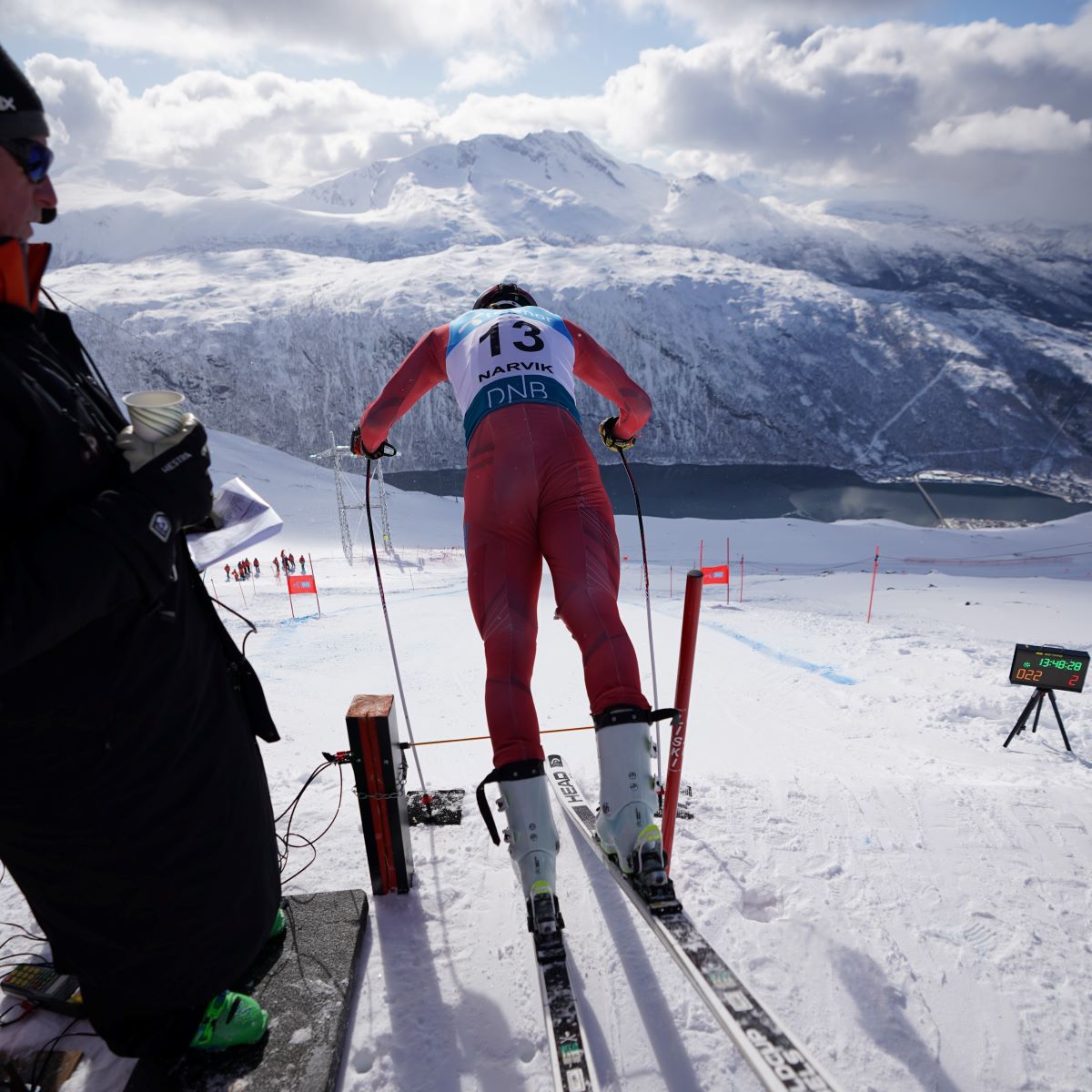
ski piste
Downhill with a view of the sea.
4. A strongly supported event
The event enjoys broad and unified support both regionally and nationally. Political leaders, organizations, cultural institutions, businesses, and the local population of Northern Norway all stand firmly behind Narvik’s bid. The Norwegian Ski Association, the skiing community, the government, and the state are all determined to realize this project.
5. Major positive effects
The World Championships are intended to strengthen the identity of the destination, foster local pride, and enhance quality of life. Additionally, key industries such as tourism, energy, fisheries, and aquaculture will be showcased. The expansion of the ski area aims to ensure long-term, sustainable operations and to offer an extended range of services to both locals and ski tourists.
6. A catalyst for skiing
A World Championship on home soil is always a strong motivational factor for athletes. For Norway, one of the world’s leading alpine nations, the Ski World Championships in Narvik are meant to serve as a catalyst for building strong training environments and promoting young talent. According to the initiators, Narvikfjellet will become a center for the future development of Norwegian alpine talents and a venue for further alpine competitions.
Event
A celebration for the city.
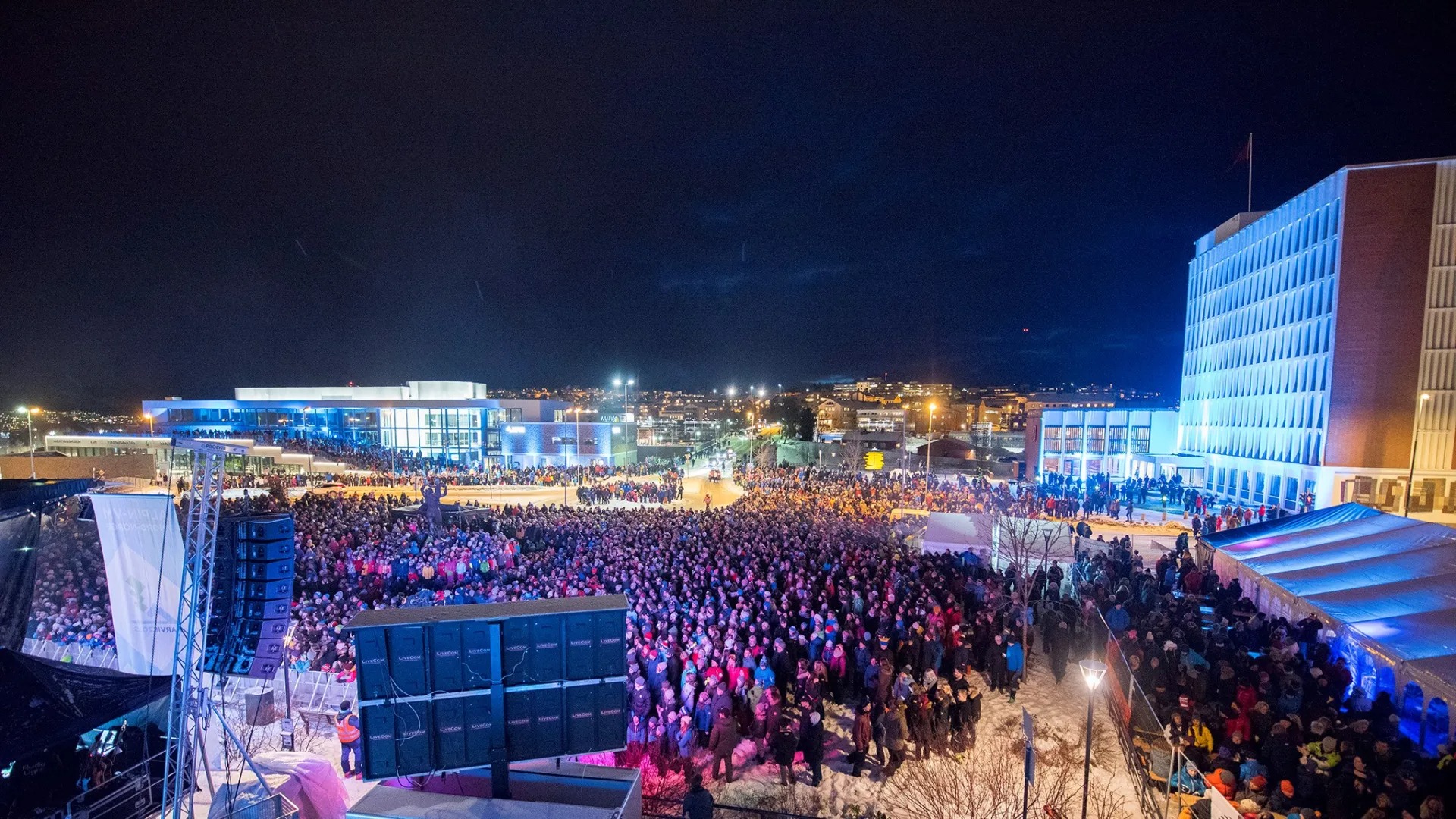
7. A model for sustainability
The Alpine Ski World Championships in Narvik aim to set a new standard as the most sustainable winter sports event of all time. The goal is to keep the event’s ecological footprint as small as possible and to create a model for future events that combines success with environmental responsibility. These championships are intended to inspire other organizers worldwide and demonstrate that sports can play a key role in a sustainable future.
8. A large public festival
Northern Norway has often demonstrated its enthusiasm and ability to host major events. Numerous events before and during the championships are intended to create an electrifying atmosphere for the entire community, athletes, and the audience. According to the organizers, the event will become a city-wide festival through stadium shows, city decorations, and ceremonies.
9. World-class media coverage
An Alpine Ski World Championship attracts major international media attention. Around 30 countries will broadcast the event live on television, and journalists from the leading ski nations will travel to Narvik to report. New generations of media consumers expect new formats, more interaction, but also traditional TV coverage that has always characterized major sporting events. Narvik aims to meet these expectations and deliver a world-class media experience.
10. A financially sound project
The scale of the Alpine Ski World Championships makes the event costly. Both staging the event and expanding the infrastructure require substantial investments, making a realistic and sustainable financing model essential. The event is funded by contributions from the International Ski Federation (FIS), the Norwegian government, and the city of Narvik.
